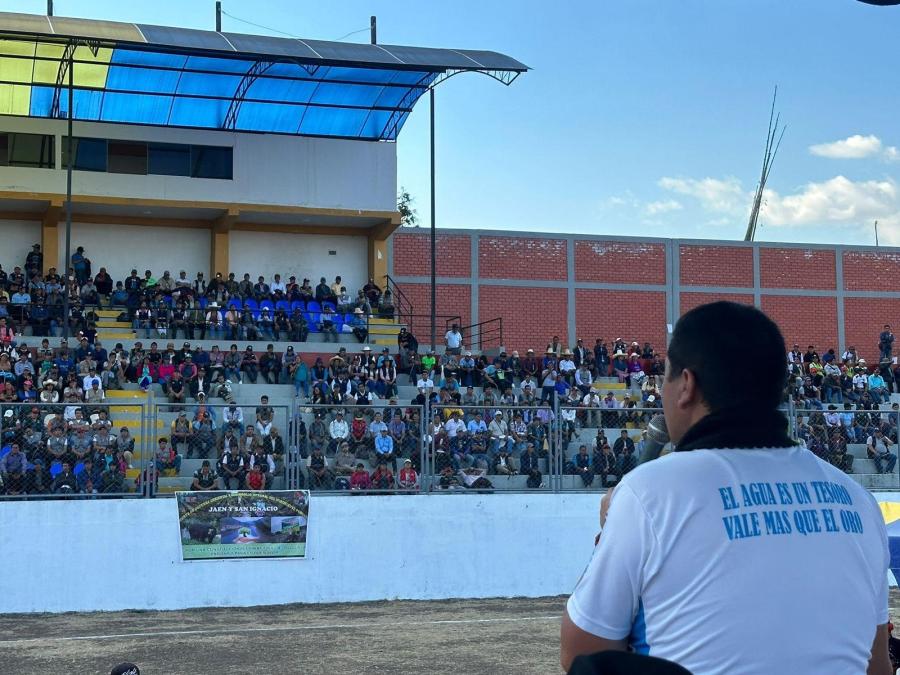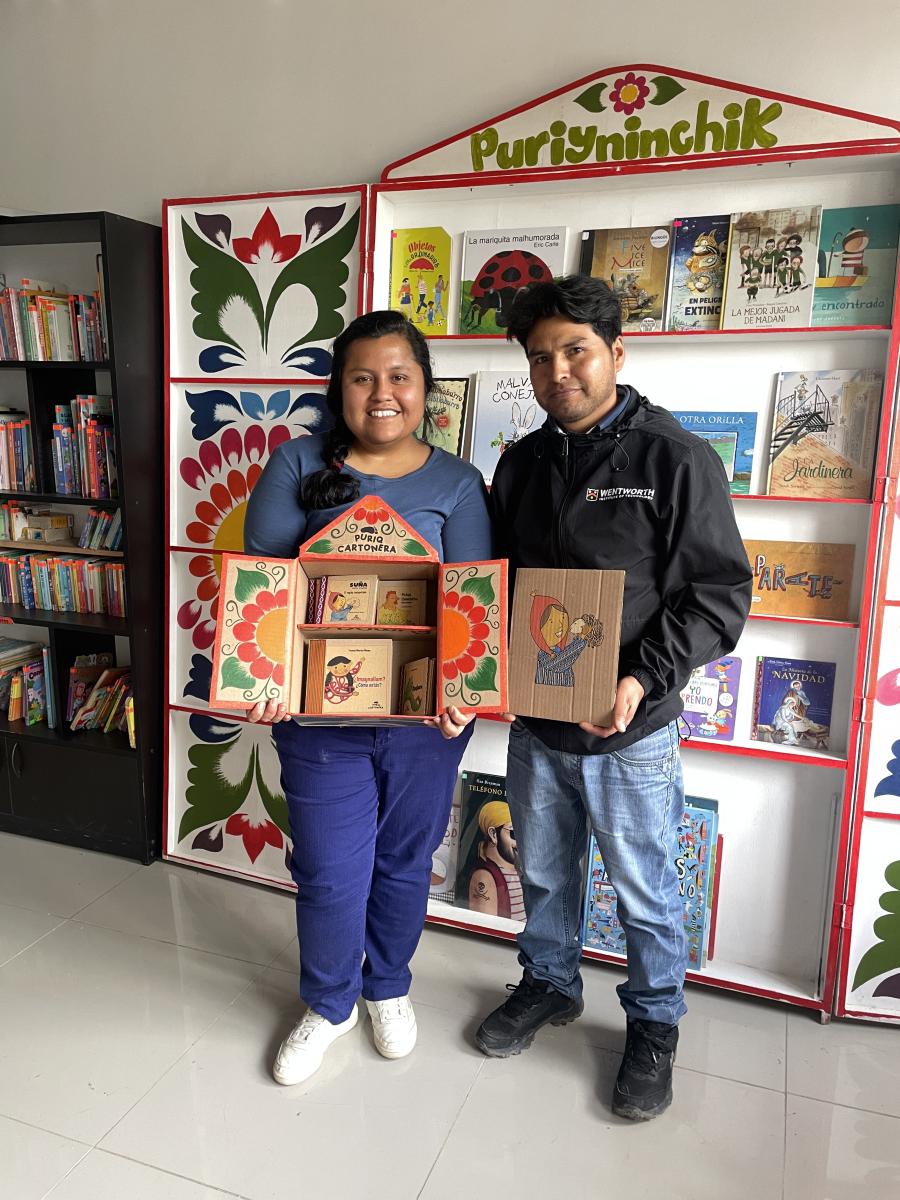How Real People Ought to Live is a revised collection of Ken Kensinger's presentations and papers on the Cashinahua of eastern Peru which draws from 93 months of fieldwork conducted over the past 40 years. Most Amazonianists are familiar with Kensinger's extensive fieldwork among the Cashinahua, and now a wide audience has the opportunity to taste the fruits of one of anthropology's finest fieldworkers.
Kensinger has a concise, lucid, and frequently charming style; he has a good eye for a story, and tells his stories well. "`You Killed My Baby!': Dispensing Medicine in the Field," for example, tells of a Cashinahua man whose five year old daughter suffered from intestinal parasites. Kensinger wanted the man and his daughter-who were from another village-to stay with him for five days of treatment, but they took the medicine and left. Unfortunately, the child died after consuming all of the medication at once. Kensinger's description of his own guilt and grief as he encountered the bereaving father is powerful and poignant. But Kensinger has larger points to make about the experiences that can lead a man to leave his vocation of missionary for the call of anthropology-and about the perils of fieldwork. Kensinger's real talent lies with his ability to link the stories he recounts to grander theoretical issues; each essay deftly weaves stories about real individuals with general information about Cashinahua culture, and questions about our own society.
Other chapters are more technical and would require framing by one steeped in professional anthropology. "An Emic Model of Cashinahua Marriage" and "Panoan Kinship Terminology" prove the continuing importance of the study of kinship, and the need to develop kinship models based on understanding local practices. While the kind of cognitive anthropology and componential analysis fashionable more than 20 years ago is now passé, Kensinger's work reminds us that there is more to learning a language than glossing words, and there is more to describing a culture than simply telling anecdotes.
"Learning the language and the culture of the Cashinahua progressed at a steady turtle's pace," Kensinger writes. Each chapter offers us a glimpse into this process at different moments during Kensinger's long education. Together, the chapters add up to an archaeology of one man's fieldwork, and give us a better sense of what is involved in a long-term ethnographic project than would a polished ethnography. But this strength is also the book's greatest weakness: it does not develop a sustained and unified argument. Sometimes, I wish that Kensinger were more willing to linger on a story and an idea, explore it, and connect it to others. Thankfully, 40 years of fieldwork cannot be reduced to just one book. If Kensinger's next publication is more conventional, it will be no less welcome than this fine contribution.
Article copyright Cultural Survival, Inc.



